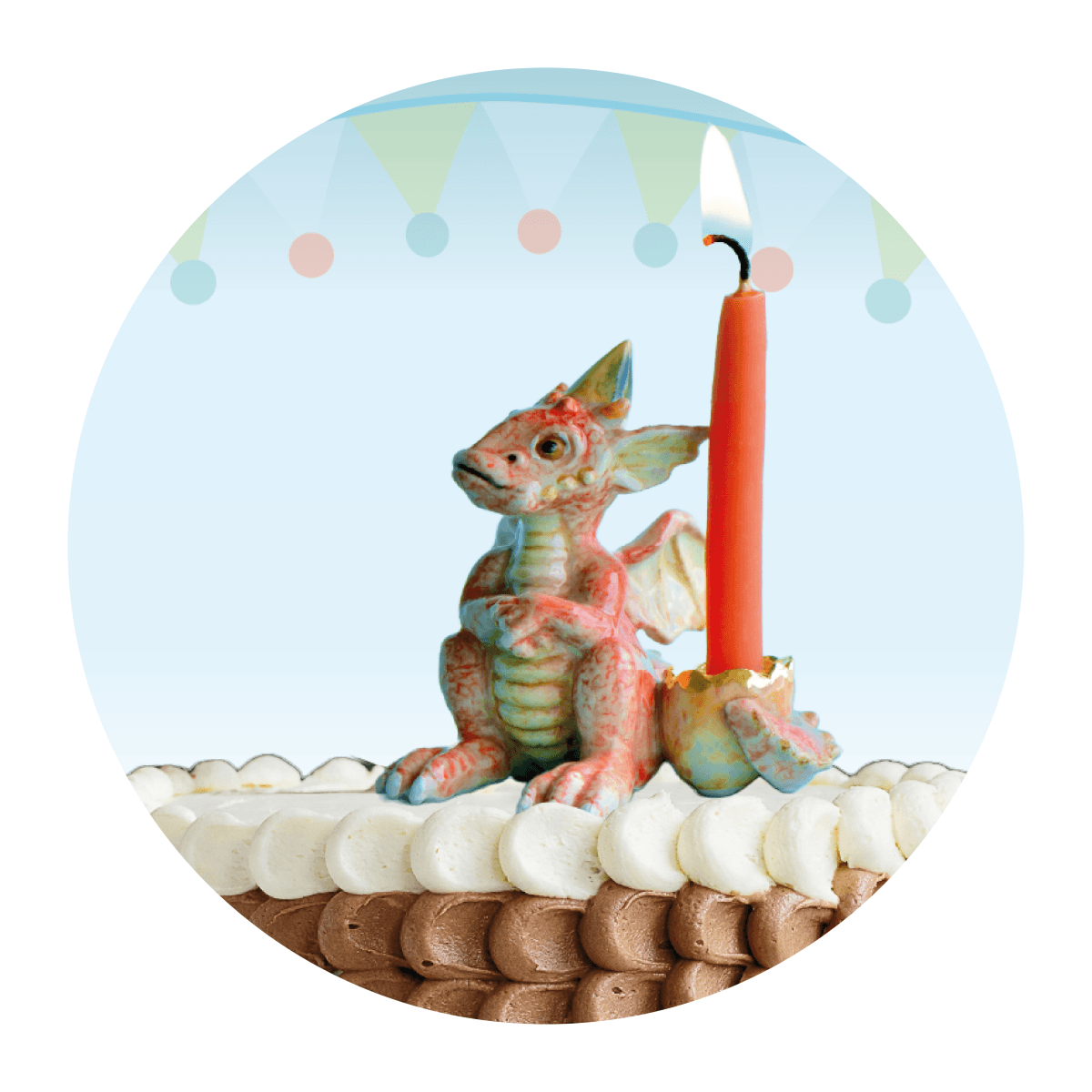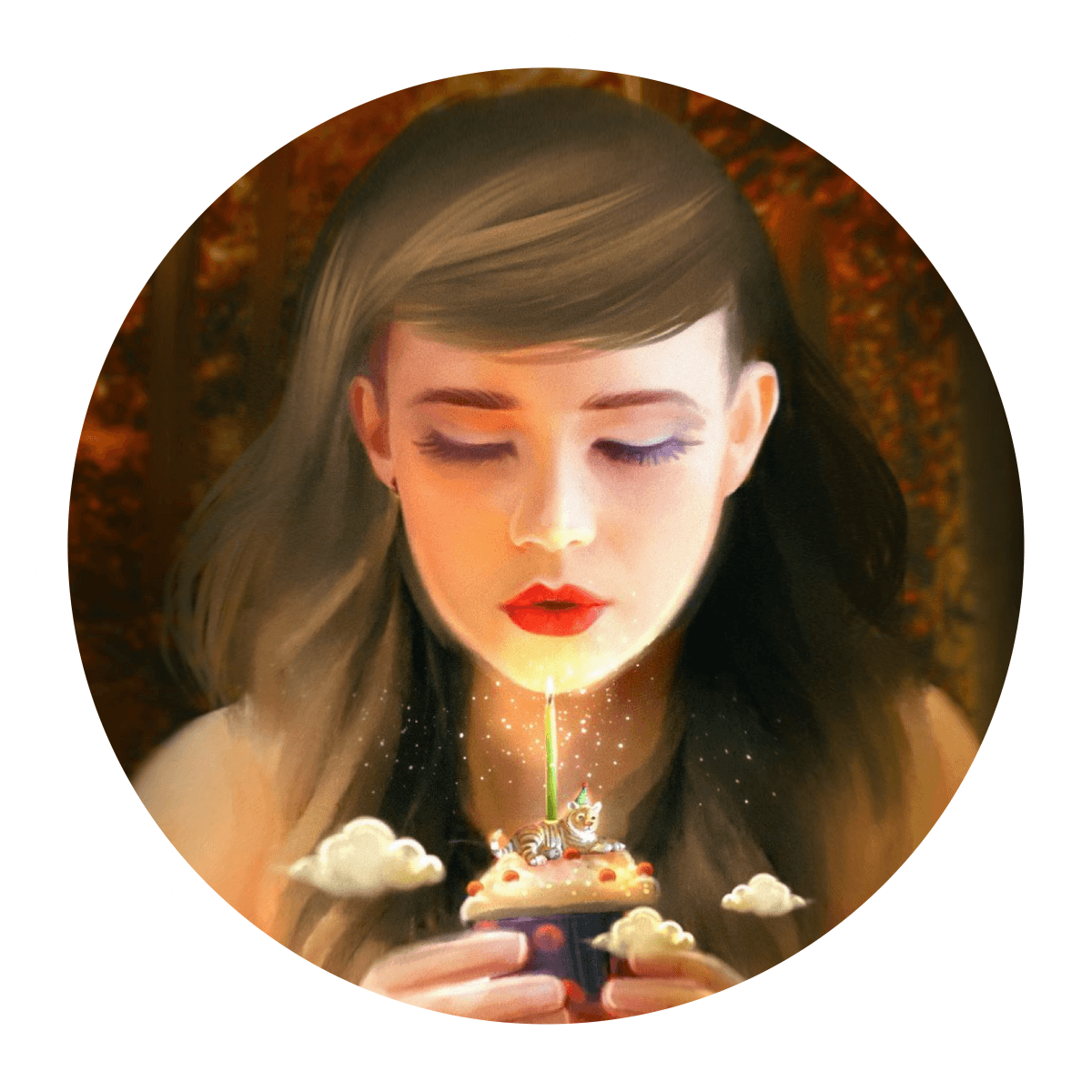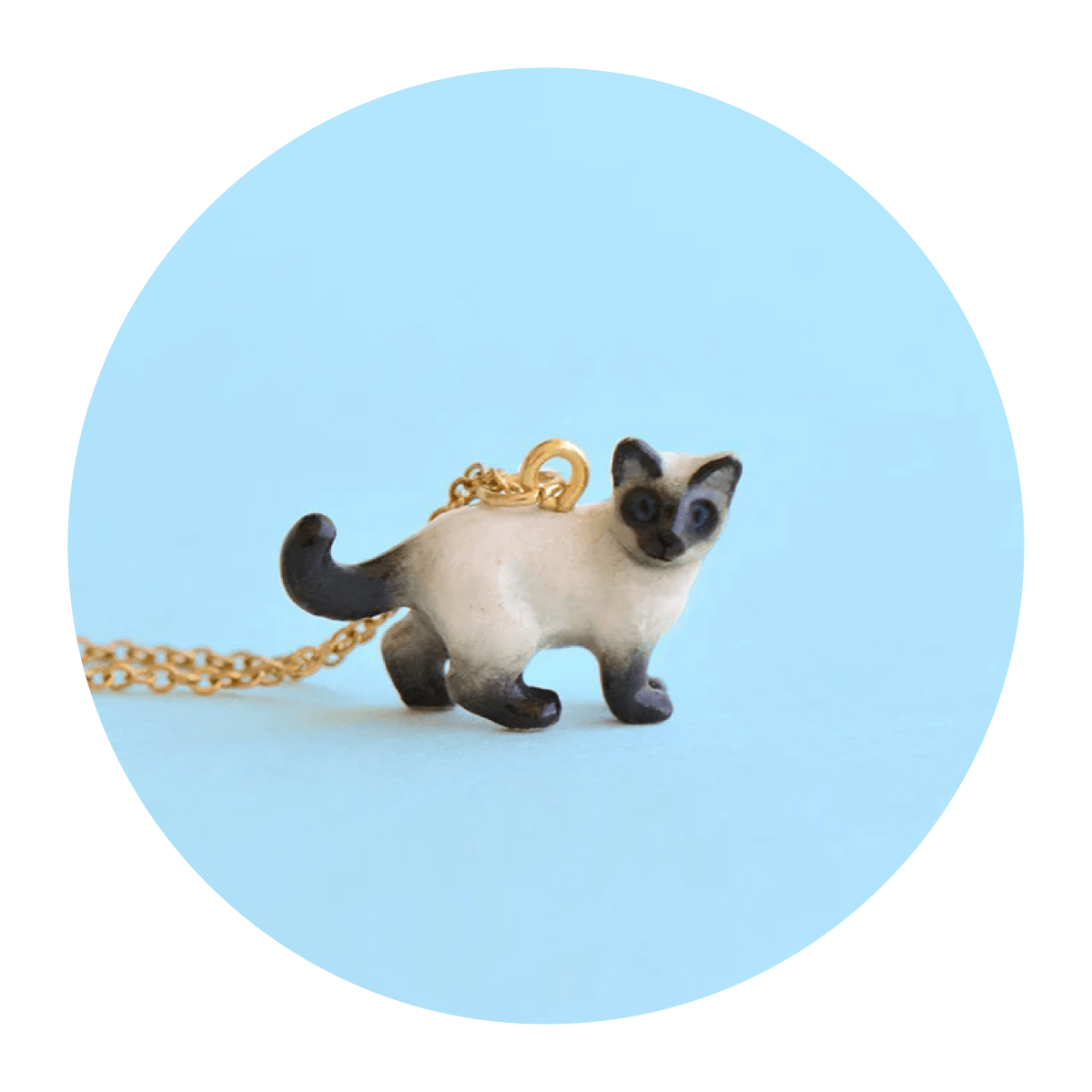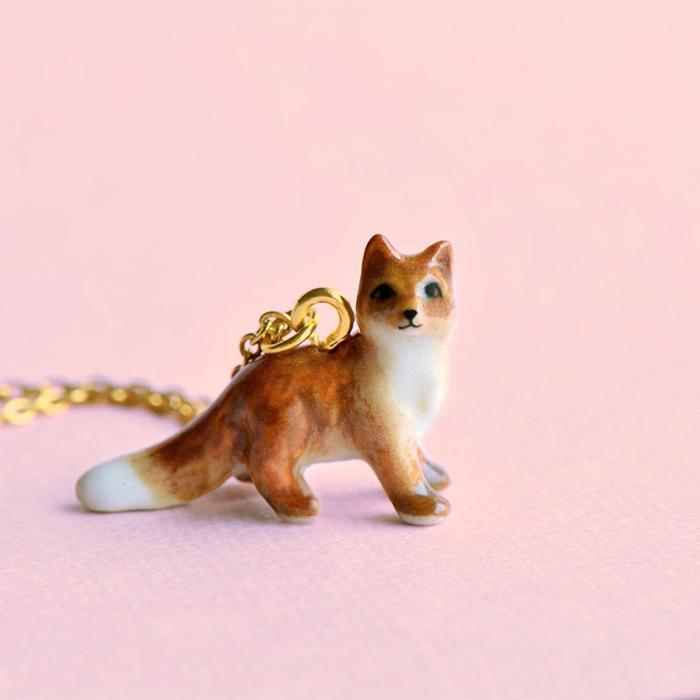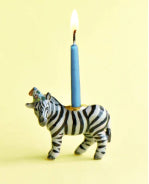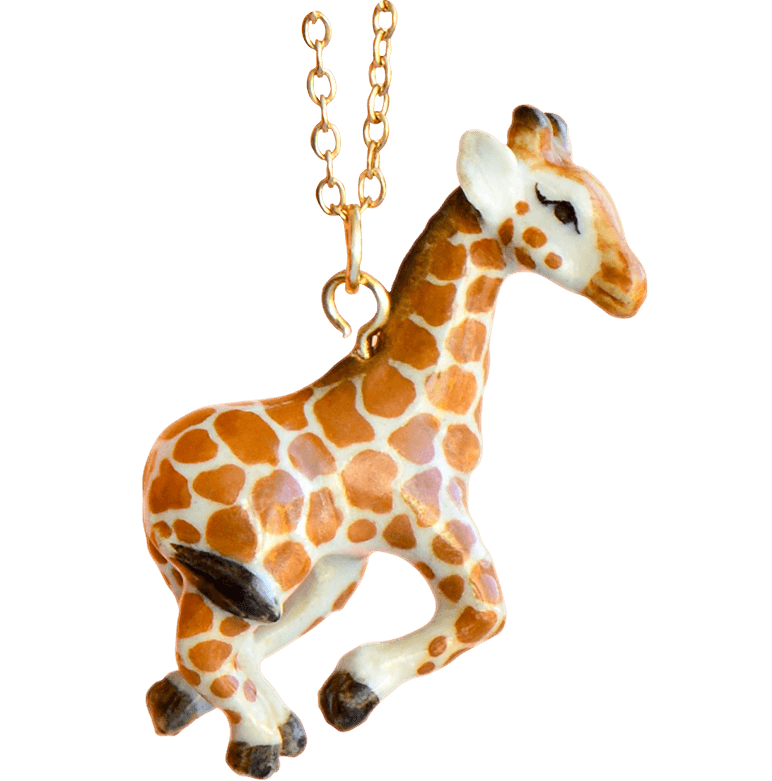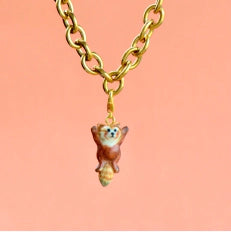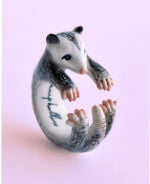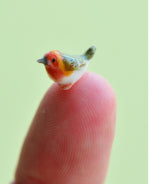Are Black Cats lucky or unlucky?
Posted by Katherine Leonard on Tue, Feb 21, 23
Black cats are striking
Bright eyes staring out from a dense black shadow. Unlike dogs they are independent and move in a deliberate fashion. It’s no surprise black cats are the subject of many superstitions. Their unique blend of mystery and allure, being both soft and sharp, makes them the perfect subject for stories. They are admired for their complex, dual nature. Felines combine grace, motherly care and affection with aggression, precision and danger. They reflect our protective side that comes from a place to care for those we love.
Cats in Ancient Egypt

Cats have been around humans for centuries. They were worshipped in ancient Egypt as divine creatures. Dogs were used, and valued for their ability to protect and hunt but cats were regarded as special, magical creatures. Cats of all colours and patterns were believed to bring good fortune to those who offered them food and shelter. Wealthy families adorned their pets with jewels and robes and the respect they had for them continued after death.
Anyone who harmed a cat, deliberately or not, would be sentenced to death. Those who knew the cat would shave off their eyebrows as a sign of mourning. The cats were mummified. This love was used against them in a battle for Egypt when the Persians brought cats onto the battlefield. The Egyptians surrendered and lost the battle.
There are many statues and paintings of cats that portray every type of feline friend, including black cats. One Egyptian goddess had the head of a cat and represented both sides of the creature. She was a goddess of fertility and nurturing as well as violence, strength and power. She was said to be able to turn into a cat.
This idea of transformation became common in later cultures. In Greek culture, the goddess Hecate was described as having a cat. Cats have since been associated with magic and sorcery.
Cats and Witches.

With the rise of Christianity, cats attitudes would have fallen outside the ideas of the church. They were independent, unpredictable and always seemed to be watching. Green eyes peering out from the darkness may not have been well received through such a difficult time. People believed they were ‘familiars’ intermediary between witches and satan, or simply assistants to help with witches with their magic. Other animals such as frogs, horses and mice could also be familiars but the imagery of a black cat has stuck in our minds. Independent women and independent cats were no tolerated in this society and were both feared and targeted.
Black cats crossing your path was believed to be a mark of a witch’s curse. If this happened people would seek out a priest to bless them. If you saw one and it simply let you be, this was a sign you had been spared.
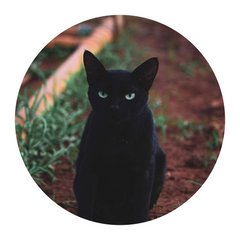
Cats were thought to be spreading the black death and were killed. A deadly mistake. It was the rats spreading the illness, and with a drop in their predators, the rats spread more easily.
Cats on Ships
Cats were important on ships. A black cat was seen to be a lucky omen aboard a vessel. They kept the rats at bay and raised moral for the ship’s crew. Having a soft, warm independent spirit roaming the decks made for a calming environment. They were benevolent souls in the same boat. In the second world war the British awarded ‘Simon the cat’ a Dickin Medal for surviving an attack, raising moral and killing off rats. He was a cheeky fellow who liked to cat-nap in the captains hat.
However if a black cat boarded on the docks and left before a ship set sail, the journey was said to be doomed.
Cats in Japan
As well as ships, black cats are considered lucky in Celtic countries such as Wales and Scotland as well as in Japan. In these places, they have the original love for cats.
The first instance of a cat recorded in Japan - is also of a black cat!
On March 11, 889 CE, 22-year-old Emperor Uda wrote

“On the 6th Day of the 2nd Month of the First Year of the Kampo era. Taking a moment of my free time, I wish to express my joy of the cat. It arrived by boat as a gift to the late Emperor, received from the hands of Minamoto no Kuwashi.
The color of the fur is peerless. None could find the words to describe it, although one said it was reminiscent of the deepest ink. It has an air about it, similar to Kanno. Its length is 5 sun, and its height is 6 sun. I affixed a bow about its neck, but it did not remain for long.
In rebellion, it narrows its eyes and extends its needles. It shows its back.
When it lies down, it curls in a circle like a coin. You cannot see its feet. It’s as if it were circular Bi disk. When it stands, its cry expresses profound loneliness, like a black dragon floating above the clouds.
By nature, it likes to stalk birds. It lowers its head and works its tail. It can extend its spine to raise its height by at least 2 sun. Its color allows it to disappear at night. I am convinced it is superior to all other cats.”

Nowadays, Japan’s culture still captures the duality of the cat. As well as being magical and lucky, they also have supernatural cats such as the ‘body eaters’ and malevolent or chaotic spirits. In Wales a cat is said to bring prosperity to the home. In the western world, Black cats are most heavily associated with Halloween!
Whether they’re unlucky or lucky - that’s up to you! You can keep your friend (or your enemy) close to your heart with our black cat porcelain necklace.
We hope you enjoyed this insight into the history of Black Cats.
At Camp Hollow, we think they’re purrrrrr-fect!
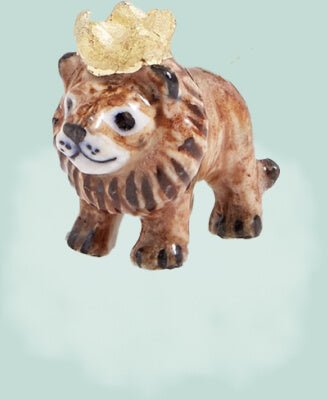
Bee-come a Camper
Promotions, news, stories, and more magic, directly to your inbox.

Thank you for subscribing!
We are so excited to have you
Collections
More















